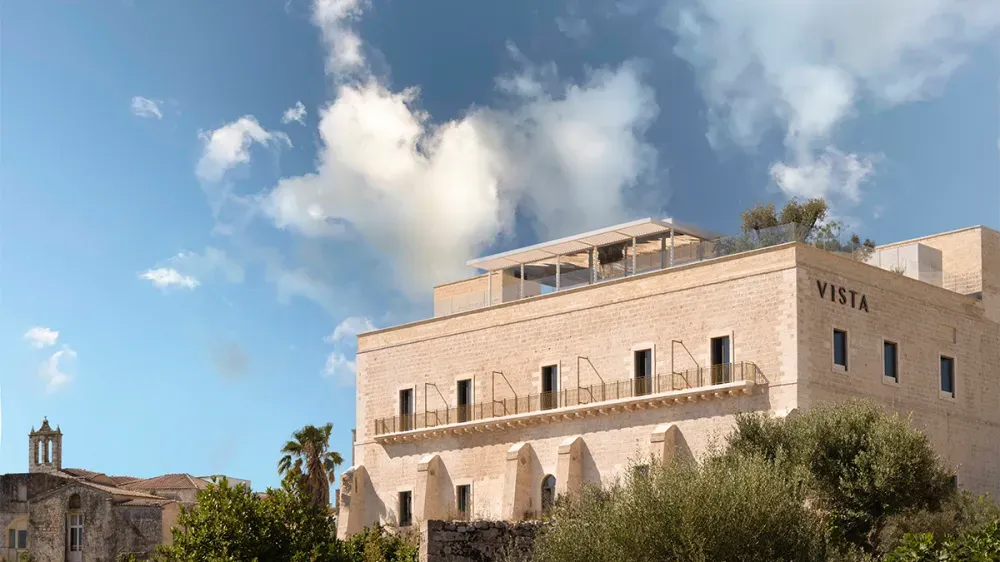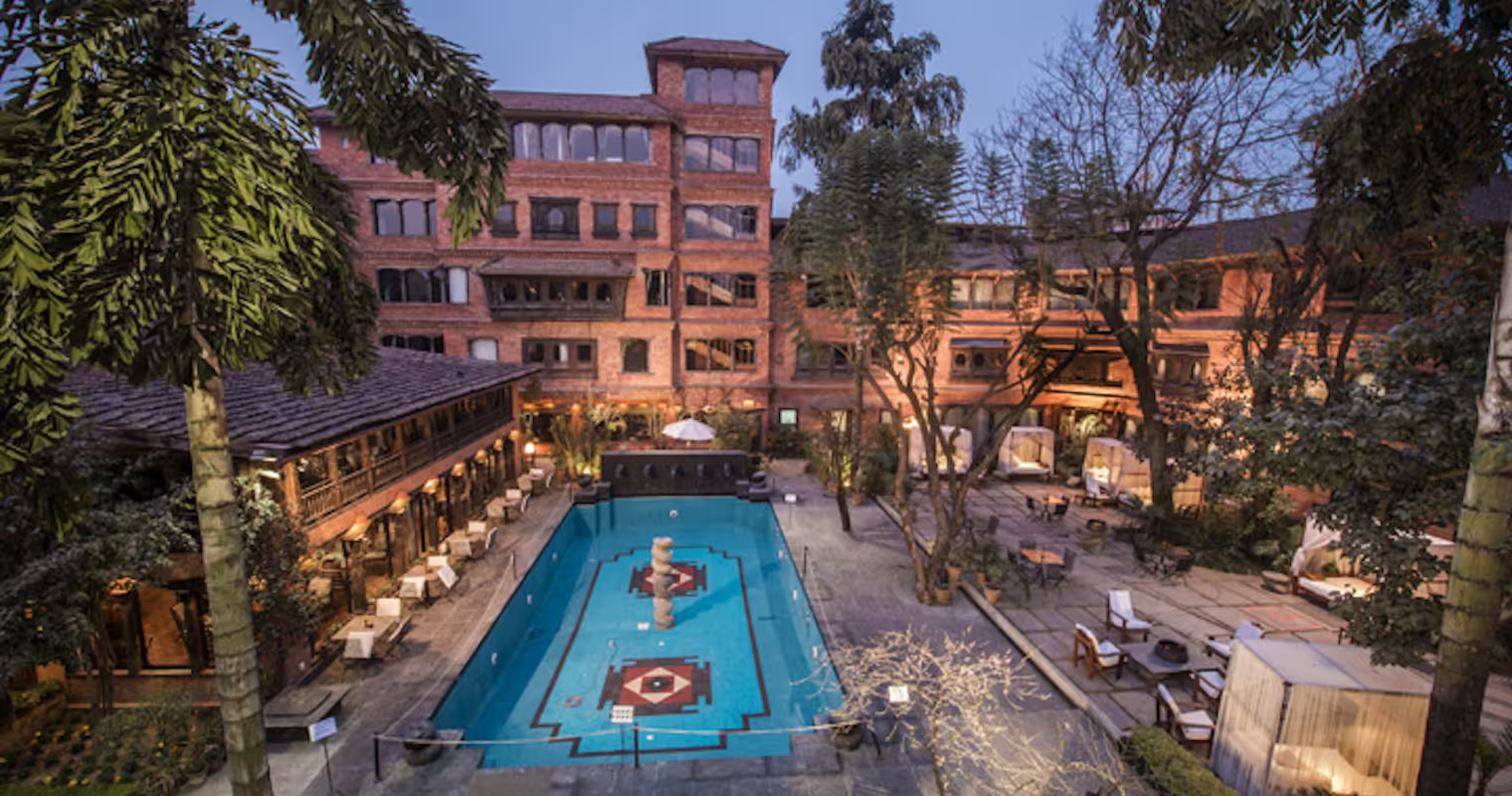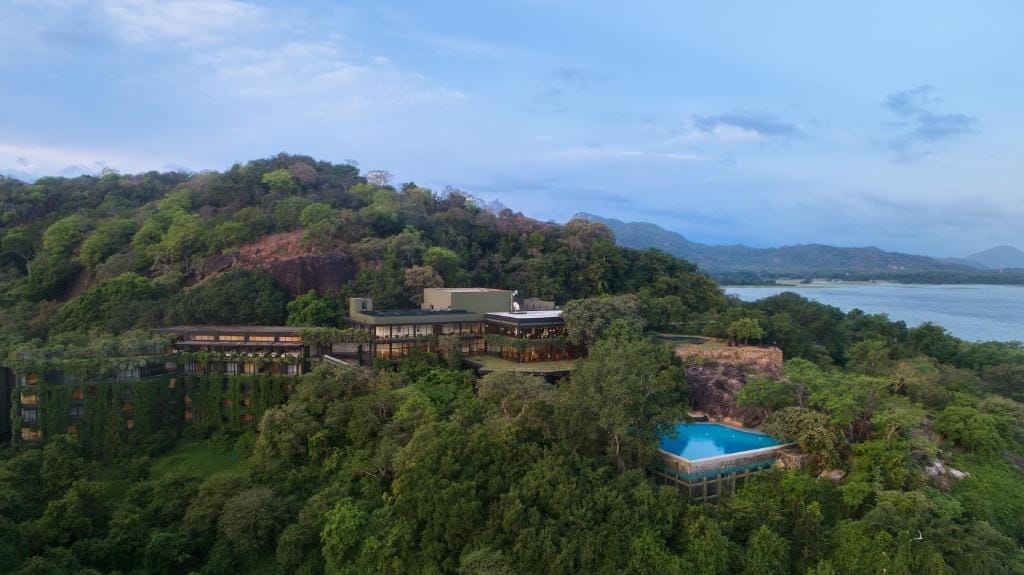Luxury Intelligence isn’t only digital. It’s spatial.
The smartest hotels are realizing that architecture itself can be a form of intelligence — shaping perception, memory, and sustainability all at once.
Local architecture is more than aesthetic; it’s strategy. By grounding design in heritage, materials, and environmental logic, luxury hotels create authenticity that guests feel and retell. When walls tell stories, a property doesn’t just sit in its landscape — it belongs there.
Why Local Architecture Matters
Design is no longer surface. It’s signal.
Guests now benchmark luxury not only by amenities or service rituals but by whether a space feels anchored in its place.Architecture has become brand language — communicating ethics, identity, and care before a single word is spoken.

At Vista Ostuni in Italy, a 14th-century convent was reimagined with Mediterranean stone and craft. Guests feel both cosmopolitan and rooted — the building becomes a translator between eras.

In Kathmandu, Dwarika’s Hotel wrapped Newari heritage into every beam and carving, turning a stay into cultural immersion and earning UNESCO recognition along the way.
When design carries lineage, guests don’t just see a building — they feel a story.
The Competitive Return of Meaning
Sustainability compounds that effect.

At Heritance Kandalama in Sri Lanka, Geoffrey Bawa’s tropical modernism framed jungle and lake into every sightline. The result: luxury wrapped in conscience, eco-efficiency that predated its time, and a hotel that still commands relevance decades later.
For leaders, this is more than philosophy. Site-specific, sustainable architecture enhances margin resilience — lower lifecycle costs, higher word-of-mouth conversion, and brand credibility that can’t be bought with marketing.
Innovation Rooted in Place
Done right, architecture becomes a signature of intelligence.
Material choices, spatial rhythm, and cultural cues form a narrative that only one location can tell. A well-designed resort isn’t merely in a destination; it becomes of the destination — an extension of its climate, culture, and craft.
This isn’t a soft benefit. It’s competitive armor.
Spatial intelligence connects the rational (sustainability, differentiation) with the emotional (memory, belonging). Guests may forget the rate, but they’ll remember how the air felt.
Reflection
For GMs, COOs, and owners, the decision isn’t between modern and traditional, sleek and ornate. It’s between being anywhere and being here.
Luxury Intelligence reminds us that architecture is not decoration — it’s data embodied. Every line and material choice teaches the guest what the brand believes in.
Luxury isn’t about lavishness. It’s about resonance.
Build with the soul of the place, and your property doesn’t just host guests — it becomes part of their story.

